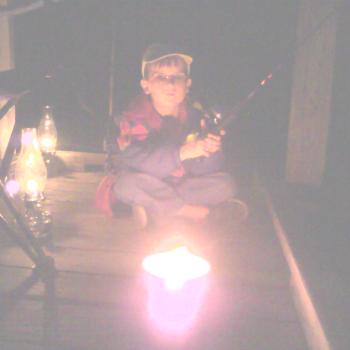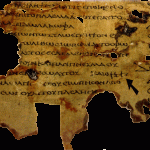Ephesians says, “Be angry but do not sin; do not let the sun go down on your anger.” More easily said than done! How can you cope with anger? Does watching the news make you angry? It should—anger is a natural response to injustice and harm. For example, millions of peaceful demonstrators at the recent No Kings rallies allowed their anger at Trump’s lawbreaking to motivate them to a positive protest. Yet, others permitted their emotions to turn to violence... Read more

















